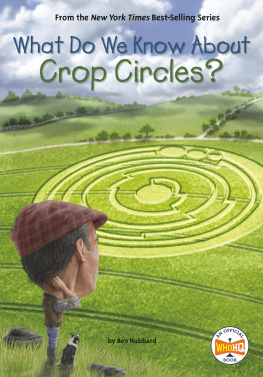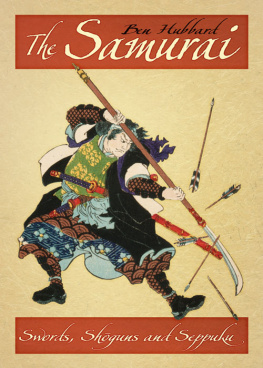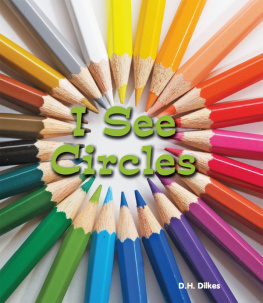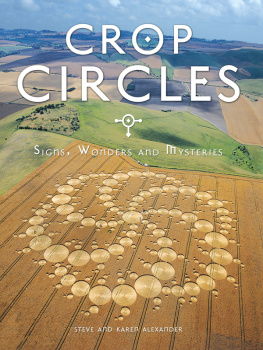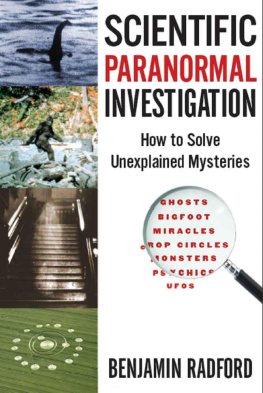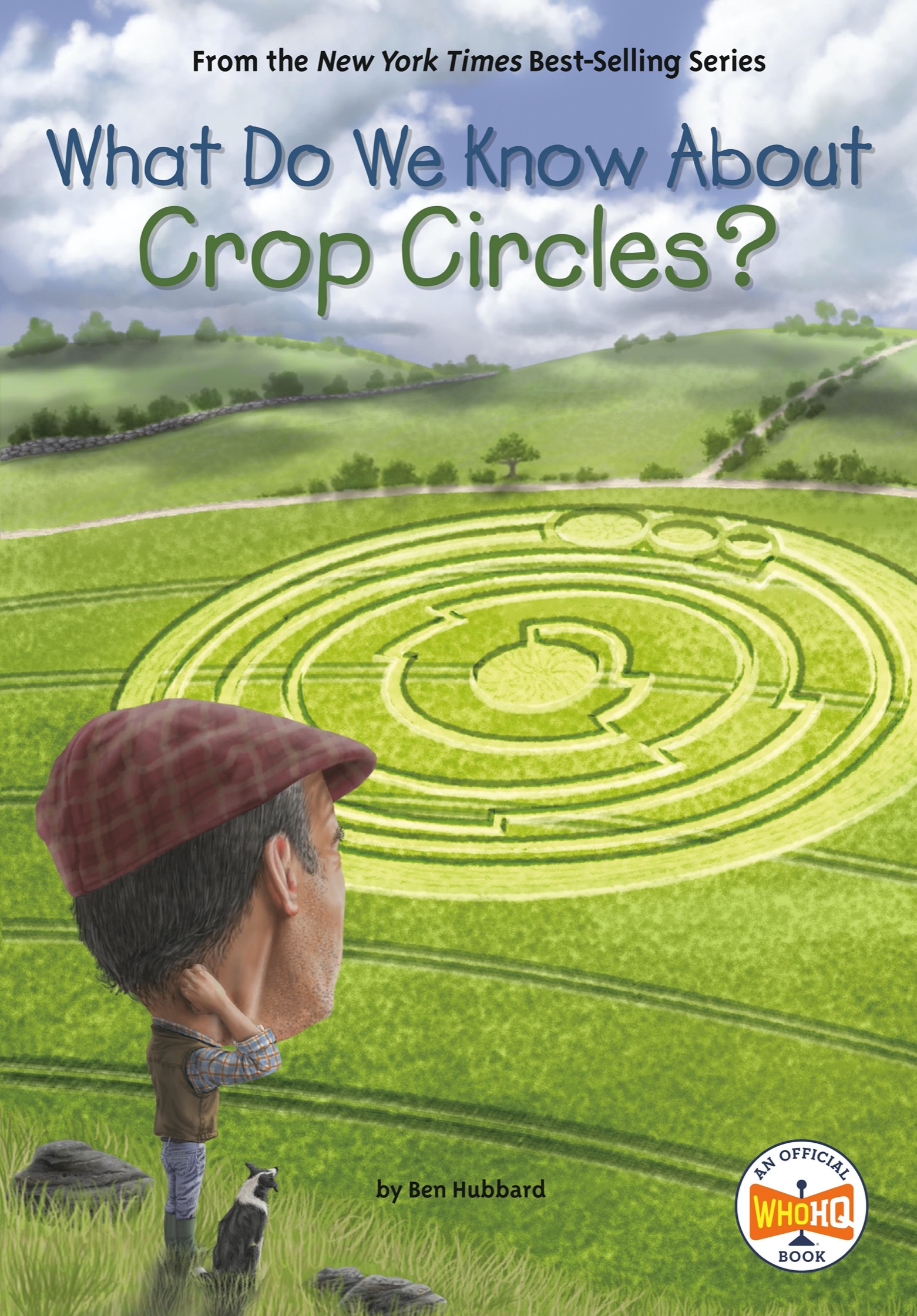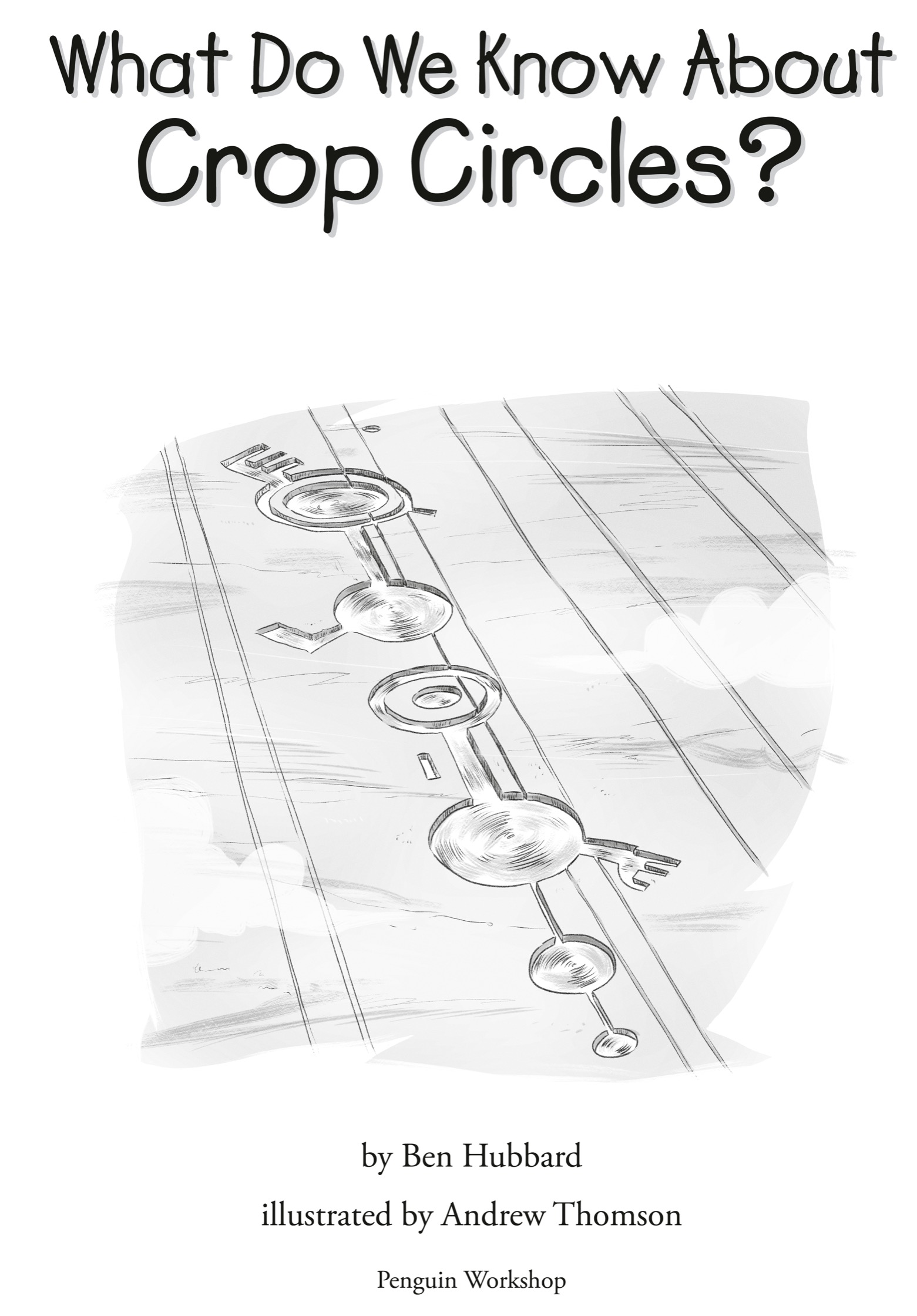Penguin supports copyright. Copyright fuels creativity, encourages diverse voices, promotes free speech, and creates a vibrant culture. Thank you for buying an authorized edition of this book and for complying with copyright laws by not reproducing, scanning, or distributing any part of it in any form without permission. You are supporting writers and allowing Penguin to continue to publish books for every reader.
PENGUIN is a registered trademark and PENGUIN WORKSHOP is a trademark of Penguin Books Ltd. WHO HQ & Design is a registered trademark of Penguin Random House LLC.
Visit us online at penguinrandomhouse.com.
Library of Congress Cataloging-in-Publication Data is available.
What Do We Know About Crop Circles?
In 1966, something strange happened on a farm by the town of Tully, near the northeast coast of Australia. At 5:30 a.m., the farmers dog began barking and then bounded away toward a nearby lagoon (a small lake). Farmer George Pedley drove his tractor to the lagoon later that morning and heard a loud hissing noise. He thought it might be a punctured tire, but suddenly, a large object rose from the lagoon before him. It was gray, the size of a bus, and shaped like a saucer. It spun rapidly as it rose. Then, the object tilted slightly and sped into the sky, faster than a jet plane. The hissing noise disappeared with the object, but a strong smell of sulfur remained.
Pedley ran closer to the lagoon to take a look. Normally there were high, standing reedstall grassescovering the waters surface. But now, there was a saucer-shaped circle in a spiral pattern on the surface, formed by flattened reeds. The circle measured thirty feet across.
The Tully Saucer Nest made headlines across Australia. Investigating police and scientists said the circle had probably been made by a whirlwind, a column of air moving in a funnel shape. But Pedley disagreed. Ive seen wet whirlwinds and dust whirlwinds. If the police believe this, let them. I know what I saw. It wasnt a whirlwind.
The next day, two more circles appeared on another Tully lagoon. Only a few feet across, the circles were also filled with flattened reeds. Soon, circles were being discovered across south Australia in wheat and barley fields. Some fields had up to twenty circles of different sizes. There were also reports of bright lights and Unidentified Flying Objects (UFOs) around the circles. But scientists could not find any evidence of UFOs.
Of course, it was possible that someone had made the circles during the nightperhaps as a hoax, or trickbut the scientists did not think humans were involved. So who, or what, was creating the circles? Although they would not be called by this name until 1983, the mystery of modern crop circles was born.
People have reported seeing crop circles for hundreds of years. A short booklet from 1678 describes a circle in a field of oats in Hertfordshire, England. Oats, like wheat and barley, are crops that farmers grow and cut down at harvest time in late summer. But in 1678, the farmer could not find someone to cut the oats. He needed a mower to harvest them. Although he was rich, the farmer was also miserly. He did not want to pay the wages the mower had asked for. He told the mower that the devil himself should mow his oats before he should have anything to do with them.
That night, the field of oats appeared to be on fire. The next day, the farmer found that the oats had been cut down in a round, swirling circle. No one could have done so much work in one night, and it frightened the farmer. He explained the circle as the work of a Mowing Devil and was too afraid to remove his crops. The Mowing Devil is illustrated with a creepy figure cutting the crops.
It is not the only example of such strange circles in England at this time. Circles of flattened grass, called fairy rings, were also reported. In the Middle Ages, fairies were believed to be creatures with magical powers. Some were thought to look like tiny, winged women and live in the woods and cause mischief. Fairies dancing together in circles were believed to be responsible for the fairy rings of flattened grass.
In 1686, Oxford University professor Robert Plot was asked to investigate the fairy rings. Some of them were up to 150 feet across! Plot said the circles may have been caused by male deer rutting (locking horns) or by moles during mating season. He also thought a whirlwind or a lightning storm may have made the circles. Plot interviewed people who said they saw hollow tubes of lightning and bright balls of light around the circles. Plot did not solve the mystery.
Crop circles, balls of light, and objects from the sky had also been mentioned in North American legends by the Algonquian people, who were among the first to settle in parts of Canada and the United States. The Algonquian were made up of separate nations, such as the Cree, Cheyenne, and Odawa, who all shared the Algonquian language.
According to an Algonquian legend, a hunter named Algon found a perfect circle of flattened grass in a prairie one day. But there were no footsteps leading to the circle. While Algon wondered how the circle was formed, a basket full of women descended from the sky and landed in the circle. In the middle of the circle was a shining ball that the women danced around. They used sticks to strike at it.

